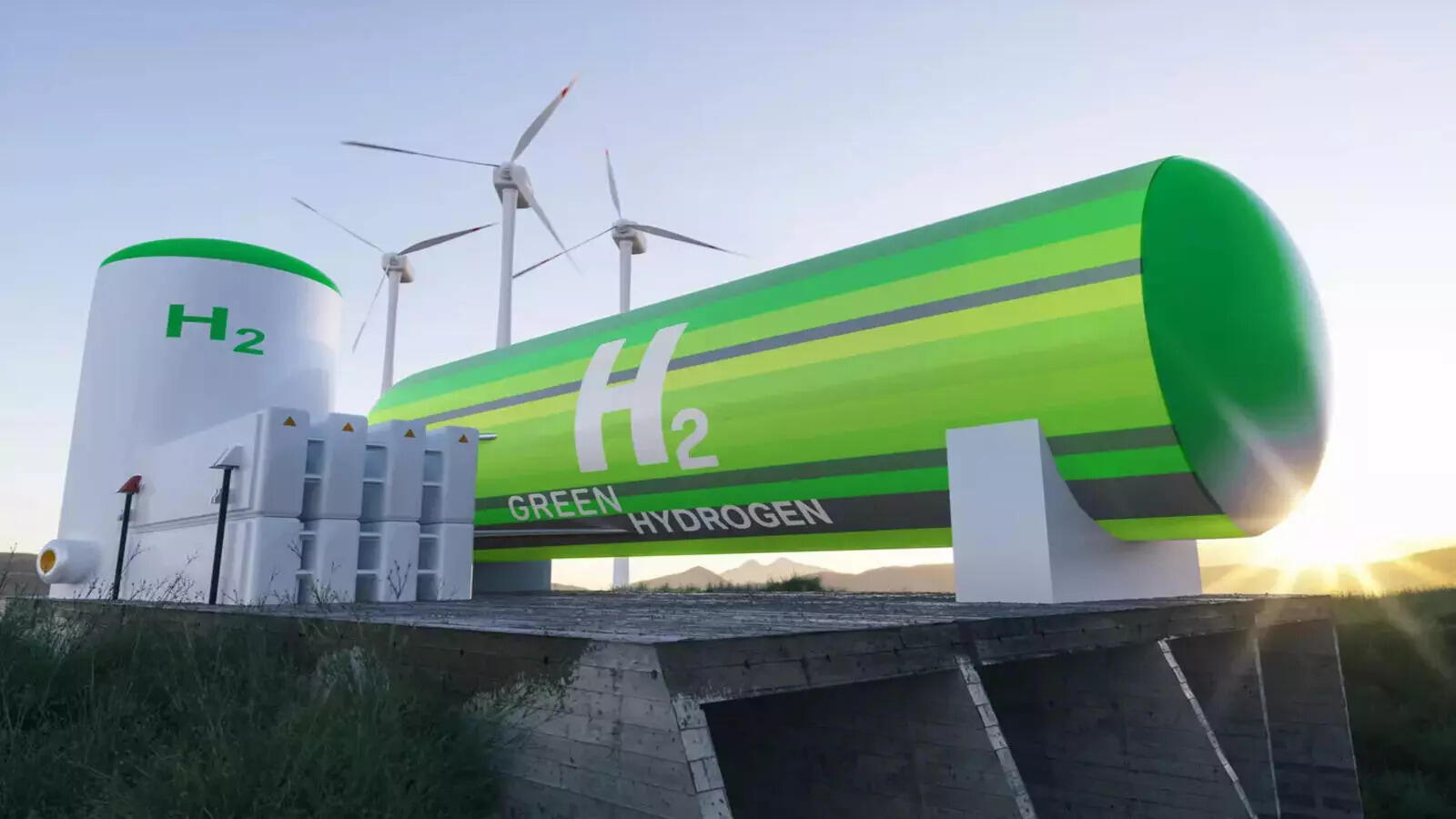
New Delhi: Principal Scientific Adviser, Prof Ajay Kumar Sood chaired the inaugural meeting at Vigyan Bhawan Annexe, focusing on the cultivation of biomass on degraded lands for the production of green biohydrogen.
The meeting gathered representatives from key government ministries, knowledge partners, and research institutes to discuss the utilization of barren lands for biomass cultivation. This initiative is part of a broader effort under the National Green Hydrogen Mission to enhance green hydrogen production from biomass.
“One of the objectives of the National Green Hydrogen Mission is to initiate focused pilots for biomass-based green biohydrogen production,” Prof. Sood stated during his opening address. He emphasized the need to understand the country’s biomass cultivation ecosystem and to prepare an action plan for using degraded lands for green hydrogen production.
The discussions included presentations on various biomass sources, including algae, molasses, and sugarcane, by Dr. A. Velmurugan, Additional Director General, ICAR. The potential of seaweed cultivation was highlighted by Dr. Rajesh Gokhale, Secretary, Department of Biotechnology, in line with India’s Deep Ocean Mission.
Dr. Prakash Chauhan from ISRO introduced the ‘Bhuvan portal’, which offers data on biomass availability and degraded land mapping, essential for effective biomass planning.
The meeting also addressed the role of agri-residual biomass in green hydrogen production and explored the use of spineless cactus for this purpose, with insights from various government officials.
Prof. Sood concluded the meeting by stressing the significance of identifying suitable government-owned and private lands for biomass cultivation. “This approach will meet the country’s energy demands, reduce dependency on fuel imports, generate revenue, and significantly contribute to bioenergy production while maintaining local environmental biodiversity,” he said.
The outcomes of the meeting set a forward path for integrating biomass cultivation into national energy strategies, leveraging India’s degraded lands for sustainable and efficient bioenergy production.

